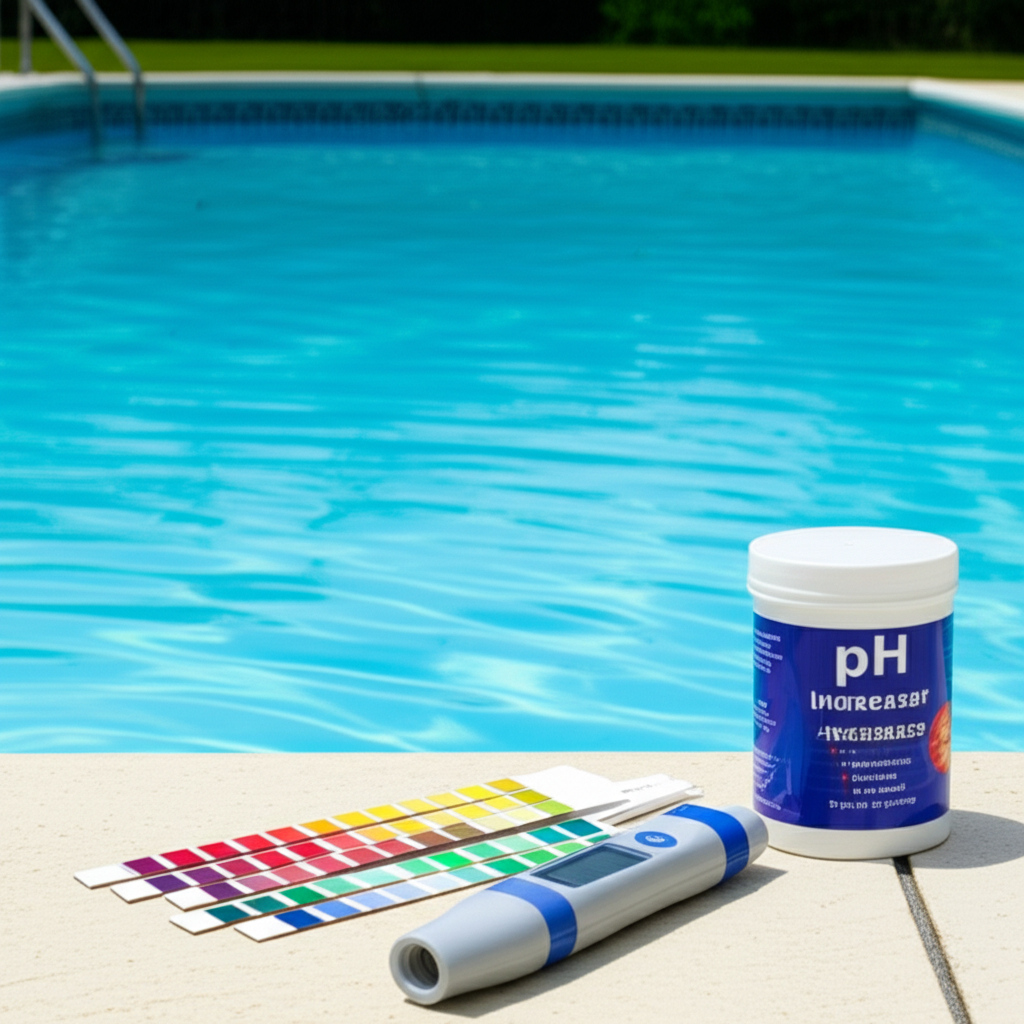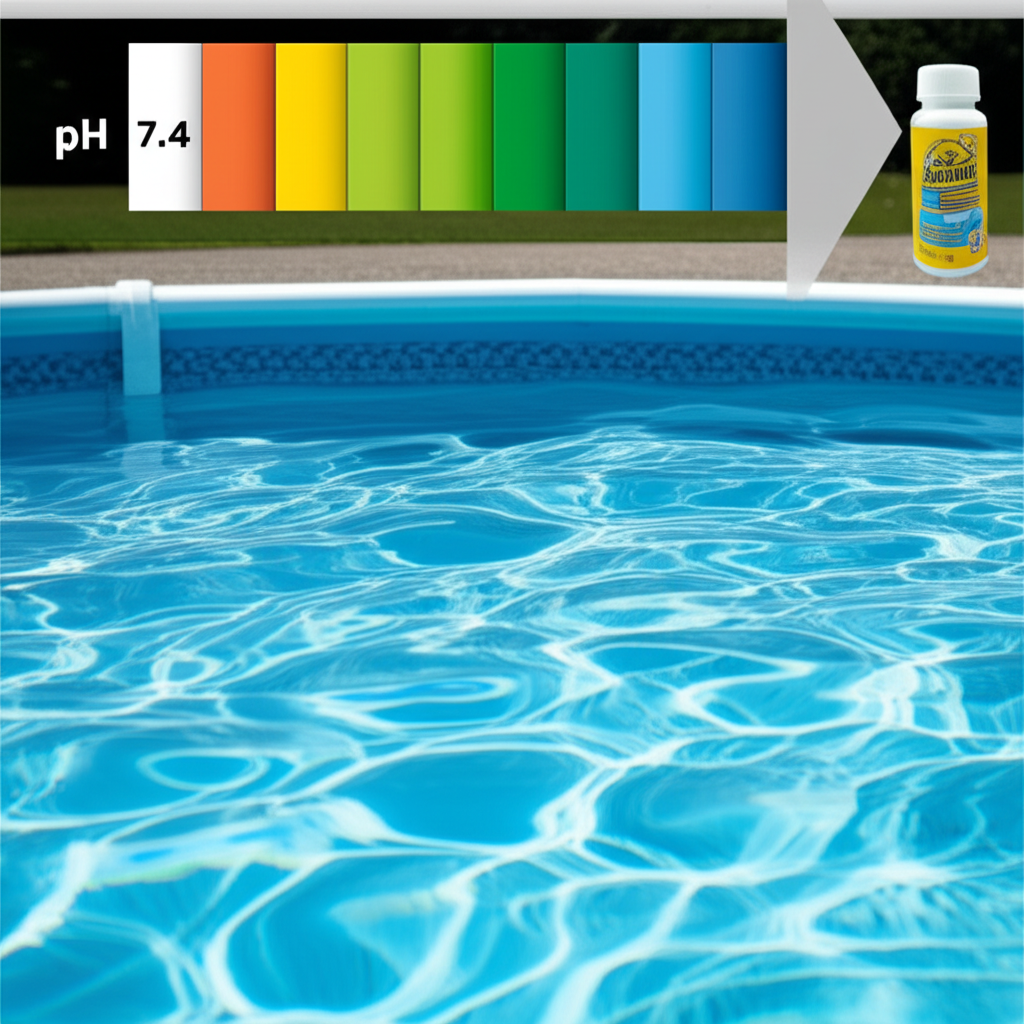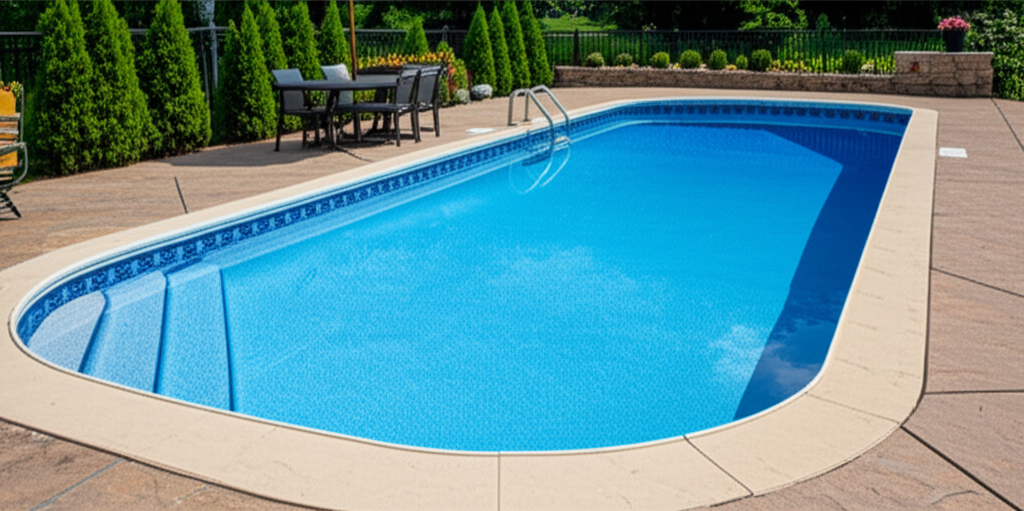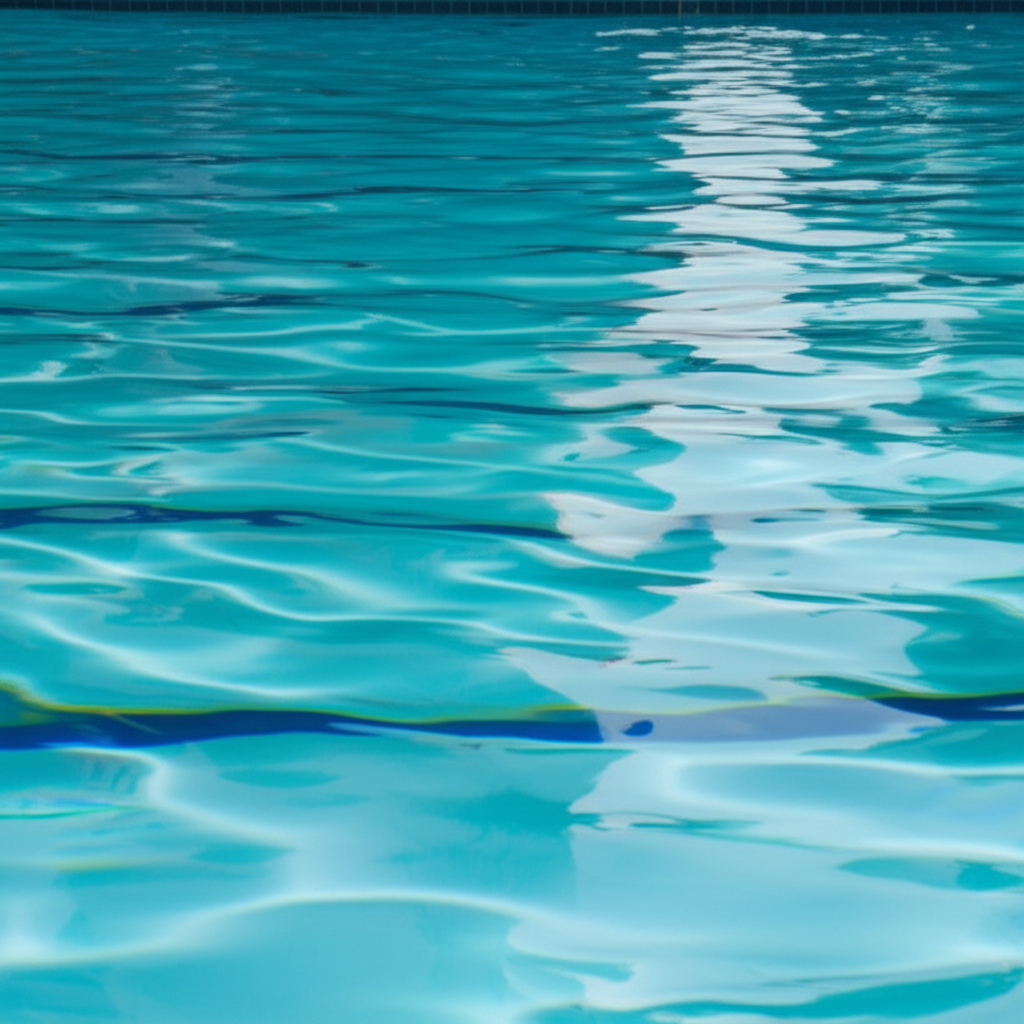- What is Pool pH and Why Does it Matter So Much?
- Understanding and Testing Your Pool pH Levels
- Adjusting Your Pool pH for Perfect Balance
- Lowering a High Pool pH
- Raising a Low Pool pH: The Role of pH Increaser
- Key Factors Influencing Pool pH
- Maintaining Optimal Pool pH Long-Term
Pool pH is arguably the most critical factor in maintaining a healthy, safe, and enjoyable swimming environment. More than just a number, the pH level of your pool water dictates everything from the effectiveness of your sanitizer to the comfort of your swimmers and the longevity of your pool equipment. Achieving and maintaining the perfect balance isn’t just about chemistry; it’s about protecting your investment and ensuring crystal-clear water for seasons to come. This ultimate guide will walk you through everything you need to know about understanding, testing, and adjusting your pool pH for optimal results.
What is Pool pH and Why Does it Matter So Much?
pH stands for “potential of hydrogen” and is a scale used to specify the acidity or basicity of an aqueous solution. The pH scale ranges from 0 to 14, where 7 is neutral. Values below 7 indicate acidity, and values above 7 indicate alkalinity (or basicity).
For swimming pools, the ideal pH range is slightly alkaline, specifically between 7.4 and 7.6. Some experts extend this to 7.2-7.8, but aiming for that sweet spot of 7.4-7.6 is best for several key reasons:
Sanitizer Effectiveness: Chlorine, the most common pool sanitizer, works most efficiently within this pH range. If the pH is too high, chlorine’s disinfecting power significantly diminishes, leaving your pool vulnerable to algae and bacteria. If it’s too low, chlorine becomes overly aggressive and dissipates too quickly.
Swimmer Comfort: Water with balanced pH is gentle on eyes and skin. High pH can cause eye irritation and dry skin, while low pH can also lead to irritation and itchiness.
Equipment Protection: Extreme pH levels can damage pool equipment. High pH can lead to scale formation on heater elements, filters, and pool surfaces. Low pH can cause corrosion of metal components like ladders, pump seals, and heater elements, as well as etching of surfaces.
Water Clarity: Balanced pH helps prevent cloudiness, staining, and algae growth, contributing to pristine, clear water.
Understanding and Testing Your Pool pH Levels
Before you can adjust your pH, you need to accurately measure your current pH levels. This is a fundamental step in pool maintenance and should be done regularly.
How to Test Pool pH:
1. Test Strips: These are the simplest and most convenient. Dip a strip into the water, wait a few seconds, and compare the color changes to the chart provided on the bottle. They often test for multiple factors (pH, chlorine, alkalinity, etc.).
2. Liquid Test Kits (DPD Kits): These kits are generally more accurate than strips. You’ll add specific reagents to water samples and observe color changes. The most common type uses phenol red for pH testing.
3. Digital pH Testers: For the most precise readings, a digital tester provides an exact numerical value. They require calibration and careful storage but offer professional-level accuracy.
How Often to Test:
It’s recommended to test your pool water’s pH at least 2-3 times per week, and even daily during heavy use, after a rainstorm, or following the addition of other chemicals.
Adjusting Your Pool pH for Perfect Balance
Once you know your pH levels, you can take steps to bring them into the ideal range of 7.4-7.6. Always add chemicals slowly, in stages, and retest after each adjustment to avoid overshooting your target.
Lowering a High Pool pH
If your pH reading is above 7.6, you’ll need to lower it. High pH often leads to cloudy water, scale formation, and reduced chlorine effectiveness.
pH Reducers: The most common chemicals used to lower pH are:
Muriatic Acid (Hydrochloric Acid): This is a powerful liquid acid that is highly effective but must be handled with extreme care due to its corrosive nature. Always wear protective gear (gloves, eye protection) and add it slowly to the deepest part of the pool while the pump is running.
Sodium Bisulfate (Dry Acid): A safer, granular alternative to muriatic acid. It’s less corrosive and easier to handle but may require larger quantities. Dissolve it in a bucket of water before adding to the pool, following product instructions.
Raising a Low Pool pH: The Role of pH Increaser
If your pH reading is below 7.2, you’ll need to raise it. Low pH can cause eye irritation, skin dryness, damage to pool surfaces (etching), and corrosion of metal equipment.
pH Increaser (Soda Ash / Sodium Carbonate): This is the most common chemical used to raise pH. It’s an alkaline substance that increases the basicity of your pool water.
How to use pH Increaser: Always follow the manufacturer’s directions regarding dosage. Typically, you’ll dissolve the recommended amount of soda ash in a bucket of water, then slowly pour the solution into the deep end of your pool with the pump running.
Wait and Retest: Allow several hours (usually 4-6) for the chemical to circulate and take effect before retesting your pH levels. Avoid adding too much at once, as it can be harder to bring the pH back down.
Key Factors Influencing Pool pH
Maintaining a balanced pH is an ongoing process because various factors can cause fluctuations:
Total Alkalinity (TA): This is the measure of alkaline substances in your water and acts as a buffer, preventing sudden pH swings. Low TA makes pH volatile, while high TA can make pH difficult to adjust. The ideal TA range is 80-120 ppm.
Bather Load: Swimmers bring in lotions, sweat, and other contaminants that can affect pH.
Rainfall: Rainwater typically has a slightly acidic pH, which can lower your pool’s pH.
Adding Chemicals: Certain sanitizers (e.g., liquid chlorine) have high pH, while others (e.g., tricholor tablets) are acidic. Shock treatments can also impact pH.
Source Water: The pH of your tap water or well water can influence your pool’s initial pH.
Aeration: Features like waterfalls, fountains, and even heavy splashing can increase aeration, which often leads to a rise in pH.
Cyanuric Acid (CYA): While stabilizing chlorine, high CYA levels can sometimes make pH testing more challenging and affect its buffering capacity.
Maintaining Optimal Pool pH Long-Term
Consistency is key to keeping your pH balanced. Here are some tips for long-term optimal pH:
Regular Testing: Stick to a consistent testing schedule.
Address Total Alkalinity First: If both pH and TA are off, always adjust Total Alkalinity first. A stable TA will make pH much easier to manage.
Add Chemicals Gradually: Never dump large amounts of chemicals into the pool. Small, incremental additions prevent overshooting and make precise adjustments easier.
Circulation is Crucial: Ensure your pump runs for a sufficient amount of time each day (8-12 hours is common) to properly filter the water and distribute chemicals evenly.
Know Your Source Water: Test your tap water to understand its inherent pH and alkalinity, which can influence your pool chemistry.
By diligently monitoring and adjusting your pool pH, you’ll ensure your pool is always a safe, comfortable, and sparkling oasis. A balanced pH not only means clearer water and happier swimmers but also extends the life of your pool equipment, saving you time and money in the long run. Embrace the chemistry, and enjoy your perfectly balanced pool!




